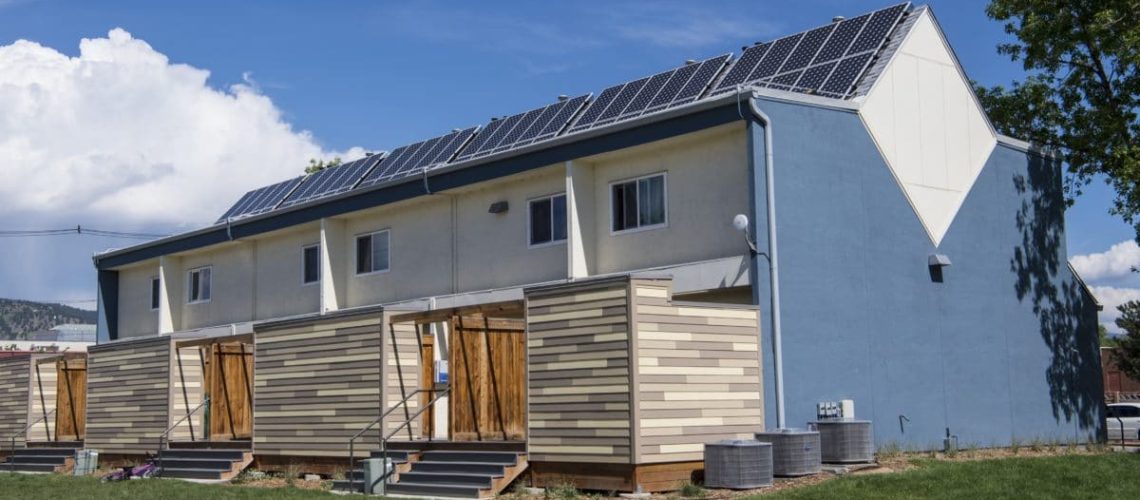A report from the Institute for Local Self Reliance emphasizes that to fully realize the benefits of local energy ownership, policymakers, organizations and local advocates need to make sure all communities have equitable access to clean energy ownership.
The Institute for Local Self Reliance (ILSR) released a new report titled Advantage Local: Why Local Energy Ownership Matters that finds many advantages to local ownership of clean energy from addressing the climate crisis to economic inequality to corporate exploitation.
The report defines local clean energy ownership as clean energy projects for which local residents, groups, or other community-based entities have meaningful decision-making power. This includes rooftop solar panels on a resident’s home as well as shared projects like community solar.
Today, locally owned solar energy systems make up a modest percentage of clean energy capacity in the United States. In the case of community solar, the National Renewable Energy Laboratory reports that customer-owned projects make up less than 1% of capacity installed through 2020, and projects owned by electric cooperatives, municipal utilities, and their suppliers account for another 10%. Rooftop and other on-site solar has a higher rate of local ownership; Lawrence Berkeley National Laboratory data shows that host-owned systems made up about 65% of residential capacity installed through the same time period and that this percentage is growing.
The report distinguishes between local ownership and local siting, emphasizing that local ownership can garner public support, can boost economic impacts of clean energy and can put power back in the hands of people instead of those of utility monopolies.
For residential solar, the report highlights the difference in earnings between owning and leasing. Owners of rooftop solar panels or part-owners in a community solar cooperative can see up to $12,000 to $14,000 more earnings over the life of the projects, compared to outside ownership.
Systemic inequalities can also be overcome with locally owned energy, but state policies are needed that address upfront costs through improved incentives and funding. While the tax credits offered in the Inflation Reduction Act are generous, they do not address up-front costs, which are often a deterrent to low- to middle-income residents investing in clean energy.
According to a study conducted by Lawrence Berkeley National Laboratory, higher income people tend to be solar owners. The median household income of all 2021 solar adopters was $110,000 compared to a national median of $63,000. Furthermore, Black and Hispanic households are underrepresented among solar adopters and residents of disadvantaged communities are only 11% of adopters nationally.
The ILSR report points to the barriers to low- to middle-income clean energy adoption as racial and socioeconomic gaps in homeownership, wealth, and financing, as well as energy system-specific barriers, like high upfront costs, inadequate government incentives and policies, and utility interference.
The benefits of clean energy are many: Its electricity generation is carbon emissions free, it is the cheapest source of new power, provides lower and stable energy costs, and more. The benefits to the local community are also great: It creates jobs and income, reduces pollution, creates resilience and puts control into the hands of the people.
The report lays out policy changes that will stimulate increasing adoption of locally owned clean energy:
- Address high upfront costs, including by improving clean energy tax incentives, providing direct grants and accessible financing, and reforming securities regulations.
- Pass supportive policies, including fair compensation for clean energy owners and shared solar programs that enable community ownership.
- Incentivize local ownership, including through “adders,” prioritization, and carveouts for locally owned projects in clean energy programs.
- Provide technical support for locally owned clean energy projects.



